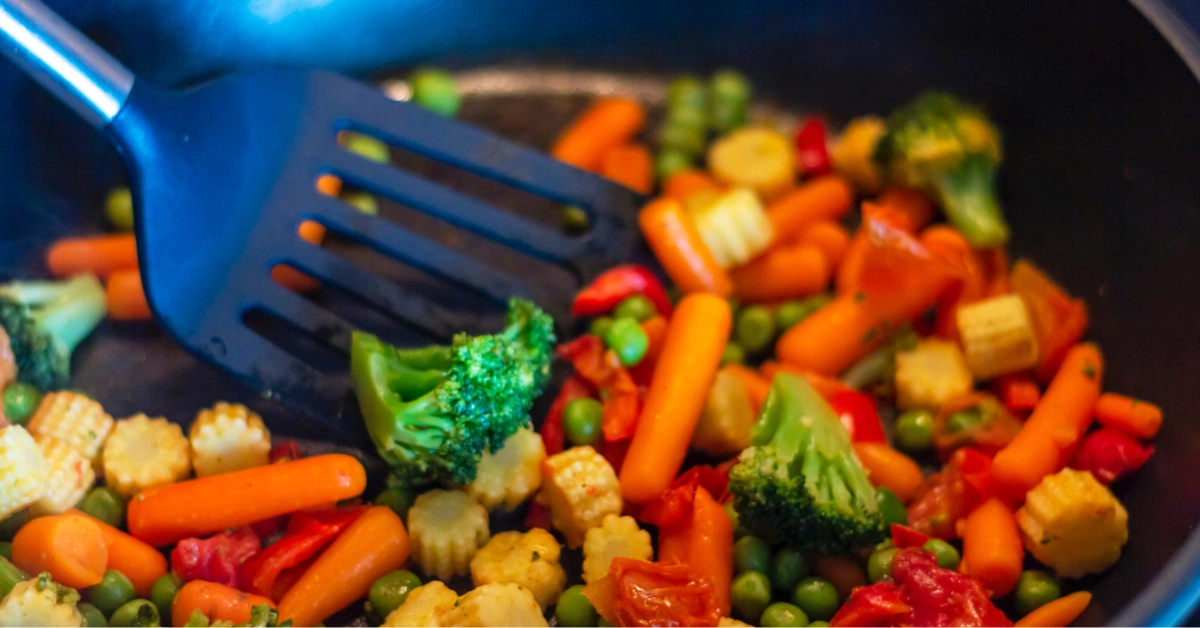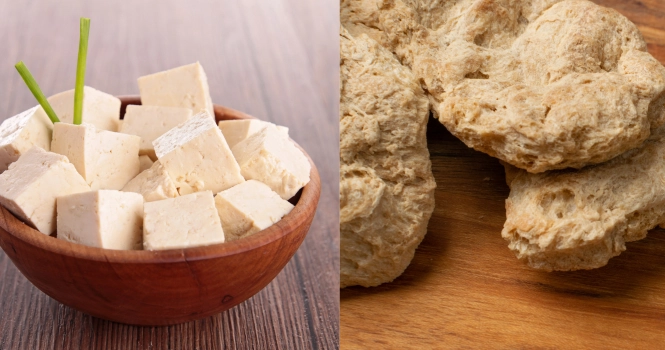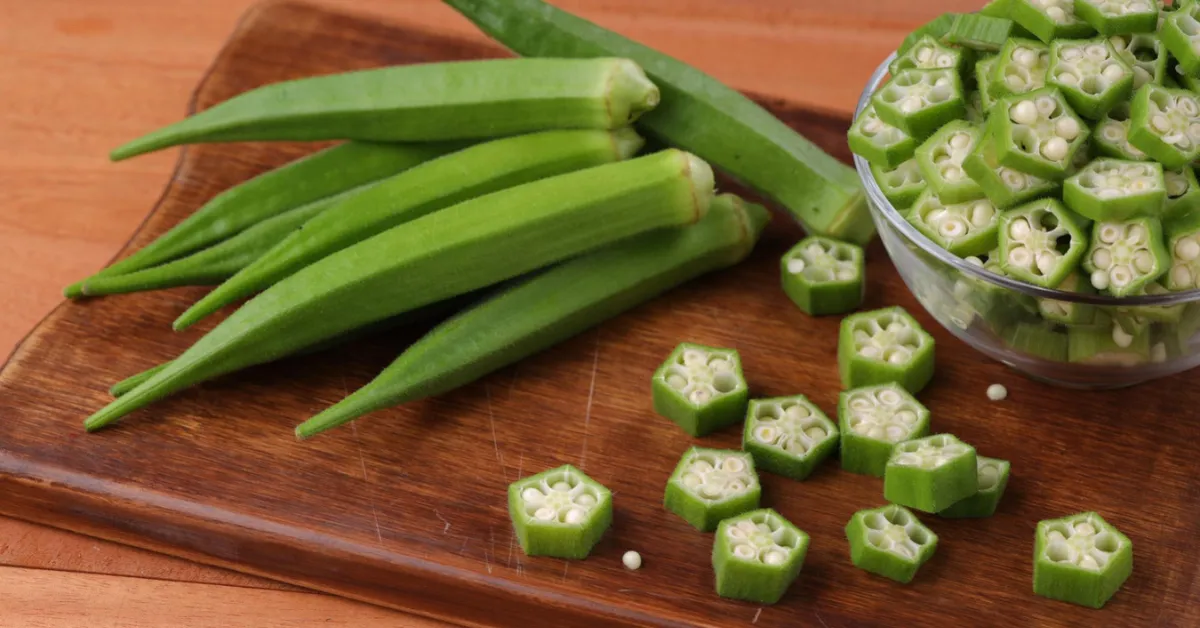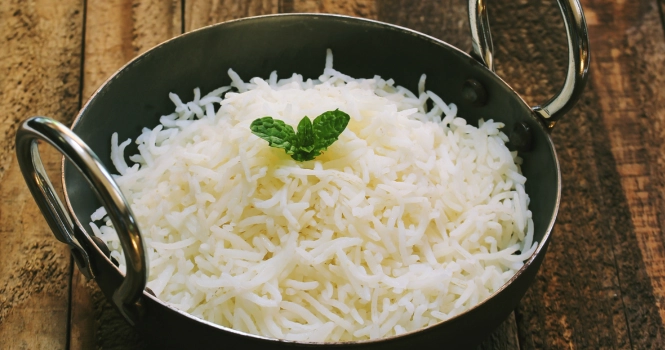Unveiling the Calories in Sautéed Vegetables

In the vibrant world of healthy eating, sauteed vegetables hold a special place. They are not just a feast for the eyes with their array of colors, but also a treasure trove of nutrients, offering a blend of flavors that delight the palate. Understanding the calories in sauteed vegetables can help you better manage your diet and nutrition.
Sauteing, a method that involves cooking food quickly in a small amount of oil or fat, is a popular technique for preparing vegetables. It’s favored for its ability to enhance the natural flavors of the veggies while preserving their nutritional value and vibrant colors.
But the caloric content of sauteed vegetables can vary widely, influenced by the types of vegetables used, the quantity and type of oil, and any additional ingredients included in the dish.
The beauty of sauteed vegetables lies in their versatility and the endless combinations that can be created.
From the humble onion and garlic base to a rainbow of bell peppers, zucchinis, carrots, and greens, each vegetable brings its unique nutritional profile and caloric contribution to the mix.
The choice of oil—be it olive, coconut, or avocado—adds another layer to the caloric calculation, along with any seasonings or sauces that might accompany the vegetables.
How to Saute Vegetables ? A Step by Step Guide
Sauteing vegetables is a quick, simple, and nutritious way to prepare a wide variety of vegetables, locking in flavors and preserving their vibrant colors and nutrients. Whether you’re a seasoned chef or a kitchen novice, these steps will guide you through the process of creating delicious sauteed vegetables every time.
1. Choose Your Vegetables
- Start by selecting a mix of your favorite vegetables. Common choices include bell peppers, onions, carrots, zucchini, mushrooms, spinach, and broccoli. Aim for a variety of colors and textures to make the dish both visually appealing and nutritionally balanced.
2. Prep Your Ingredients
- Wash all vegetables thoroughly.
- Cut the vegetables into uniform sizes to ensure even cooking. For example, slice bell peppers into strips, chop onions, and cut carrots into thin rounds or matchsticks.
3. Select Your Oil or Fat
- Choose a healthy oil with a relatively high smoke point, such as olive oil, avocado oil, or coconut oil. Butter can also be used for added flavor, especially for more indulgent dishes.
4. Heat Your Pan
- Place a large skillet or frying pan over medium to medium-high heat. Allow the pan to get hot before adding the oil to ensure the vegetables sauté rather than steam.
5. Add Oil and Vegetables
- Once the pan is hot, add a tablespoon or two of your chosen oil. Swirl the pan to coat the bottom evenly.
- Add the harder, denser vegetables first, such as carrots and onions, as they take longer to cook. After a couple of minutes, add the rest of the vegetables. This staggered approach ensures everything cooks to perfection.
6. Season Your Vegetables
- Sprinkle your vegetables with salt and pepper to taste. You can also add other herbs and spices at this stage, such as garlic powder, paprika, or Italian seasoning, to enhance the flavor profile.
7. Saute to Perfection
- Stir the vegetables frequently with a spatula or toss them in the pan to ensure they cook evenly and don’t stick to the bottom. The goal is to achieve tender-crisp vegetables that are brightly colored and fragrant. This typically takes 5 to 10 minutes, depending on the vegetables used.
8. Taste and Adjust
- Give your vegetables a taste and adjust the seasoning if necessary. If you like a bit of acidity, a squeeze of lemon juice or a dash of balsamic vinegar can add a nice zest.
9. Serve Immediately
- Sauteed vegetables are best enjoyed fresh from the pan. Serve them as a side dish, toss them into pasta, or use them as a topping for rice or quinoa bowls.
Tips for Perfect Sauteed Vegetables
- Don’t Overcrowd the Pan: Overcrowding can cause the vegetables to steam instead of sauté, leading to a mushy texture.
- Adjust Heat as Needed: If the vegetables start to brown too quickly, reduce the heat. If they’re not browning at all, increase the heat slightly.
- Use Minimal Oil: Start with a small amount of oil to keep the calorie count in check. You can always add more if needed, but too much oil can make the vegetables greasy.
By following these simple steps, you’ll master the art of sauteing vegetables, creating a versatile dish that’s not only delicious but also a healthy addition to any meal.
Calories in Sauteed Vegetables
| Vegetable | Serving Size (cooked) | Oil Used | Calories per Serving (approx.) |
| Bell Peppers | 1 cup | 1 tsp olive oil | 60-75 |
| Onions | 1 cup | 1 tsp olive oil | 70-85 |
| Carrots | 1 cup | 1 tsp olive oil | 55-70 |
| Zucchini | 1 cup | 1 tsp olive oil | 40-55 |
| Mushrooms | 1 cup | 1 tsp olive oil | 45-60 |
| Spinach | 1 cup (packed) | 1 tsp olive oil | 30-45 |
| Broccoli | 1 cup | 1 tsp olive oil | 55-70 |
| Green Beans | 1 cup | 1 tsp olive oil | 45-60 |
| Asparagus | 1 cup | 1 tsp olive oil | 40-55 |
| Mixed Vegetables* | 1 cup | 1 tsp olive oil | 60-80 |
*Mixed Vegetables could include a combination of any of the above or other similar vegetables.
Key Points to Consider:
- Calorie Variation: The calories can vary based on the exact amount and type of oil used, the cooking duration, and the specific type of each vegetable.
- Oil Choice: Olive oil is used as a standard for this table, but different oils (e.g., coconut, avocado) have similar calorie contents per teaspoon (~40 calories).
- Cooking Method: The method of sautéing (e.g., high heat, additional ingredients like garlic or sauces) can also affect the total calorie content.
- Serving Size: These estimates are based on a standard serving size of 1 cup of cooked vegetables, which can vary in weight depending on the vegetable.
The above table is intended as a general guide. For precise calorie tracking, consider the specific ingredients and quantities used in your dish.
Frequently Asked Questions
How many calories are in 100g of sauteed vegetables?
On average, 100g of sauteed vegetables might contain approximately 60-90 calories when using a light amount of oil. This estimate assumes a mix of common vegetables such as bell peppers, onions, carrots, and zucchini.
How many calories are in 200g of sauteed vegetables?
Doubling the amount to 200g of sauteed vegetables would, logically, double the calorie content, resulting in approximately 120-180 calories, assuming the same conditions as above.
How many calories are in sauteed vegetables in butter?
When sauteing vegetables in butter instead of oil, the calorie content can be slightly higher due to butter’s higher calorie density.
For a similar serving size of 100g, using a moderate amount of butter, the calorie count might increase to approximately 80-110 calories.
This increase accounts for the butter’s fat content, which is higher in saturated fats compared to most vegetable oils.
Are sauteed vegetables healthy?
Sauteed vegetables are generally considered a healthy option, especially when compared to vegetables prepared with methods that involve heavy creams, cheeses, or deep-frying. The key benefits include:
- Nutrient Retention: Sauteing can preserve many of the vitamins, minerals, and antioxidants found in vegetables, particularly those that are water-soluble and sensitive to heat, such as vitamin C and certain B vitamins.
- Dietary Fiber: Vegetables maintain their dietary fiber content when sauteed, which is essential for digestive health, blood sugar regulation, and satiety.
- Healthy Fats: Using oils like olive or avocado for sauteing can contribute healthy fats to your diet, which are beneficial for heart health and can help absorb fat-soluble vitamins.
To maximize the health benefits, be mindful of the amount and type of fat used for sauteing and aim for a variety of vegetables to ensure a broad intake of different nutrients. Incorporating sauteed vegetables as part of a balanced diet, filled with a variety of foods, supports overall health and well-being.












